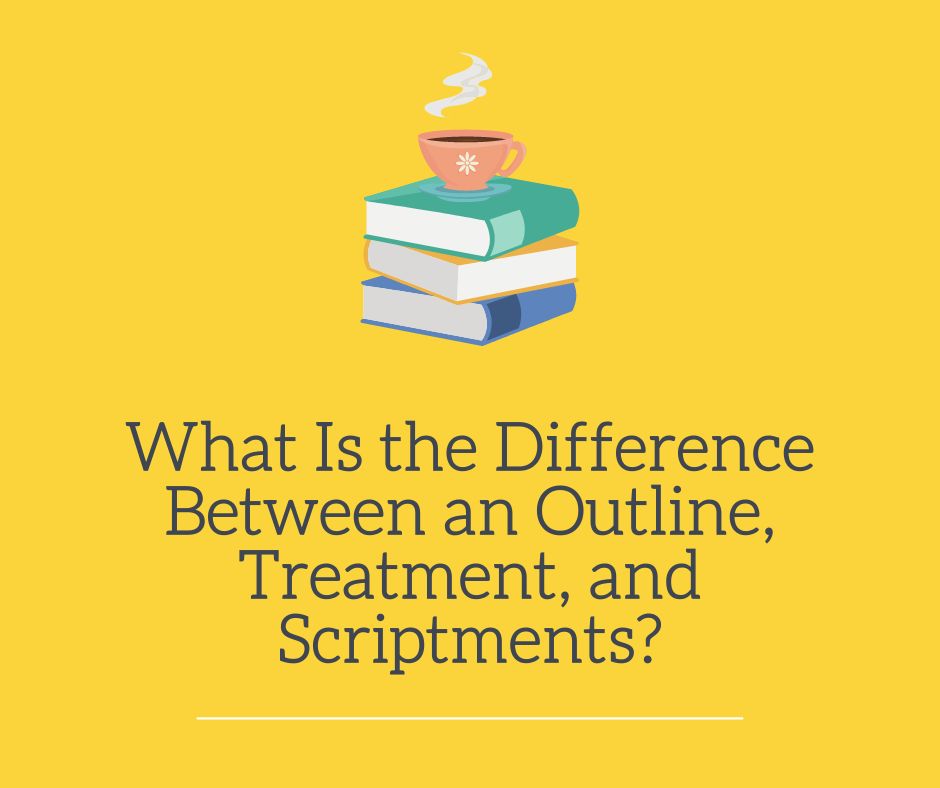The film and television industries have relied on outlines, treatments, and scriptments for decades. Their use has fluctuated in necessity and popularity.
The difficulty is that few authors have ever seen a production script, treatment, or blueprint. There is no one best technique to create an outline, treatment, or scriptment; nevertheless, a quick Google search will provide you with a plethora of principles and guidelines to follow.
OUTLINES
Depending on the writer and the preferences of any potential producers, directors, or managers who could be involved in the process of developing the script prior to writing it, outlines can come in a wide variety of sizes and shapes.
The outline provides the writer with the means to organize a rough rundown of the screenplay’s scenes and events in the sequence in which they will be written.
This method of drafting helps the author to see the big picture of the story’s turning points and climaxes before incorporating them into the screenplay’s standard format of setting, characterization, and dialogue. Before spending the time to create those scenes and moments in their cinematic totality, you can use this outline to inform your creative and editorial decisions. If you outline your story first, you can avoid rewriting or rearranging previously completed scenes if you discover they are redundant, repetitive, or unneeded.
You, the screenwriter, get to decide the outline’s format and level of depth.
TREATMENTS
Treatments range in length and detail, but they all narrate the story from beginning to end in prose paragraphs that describe the action and describe the characters in depth.
While a synopsis might cover the story’s essentials in three lines or less on a single page, a treatment goes into exhaustive detail about the film’s plot and characters so that its readers can form an informed opinion about whether or not to greenlight production.
Modern treatments are more than just the story told; they are often written in the shape of a sales pitch. A general synopsis, including the story’s genre and style, can be included, as might character descriptions and introductions.
This doesn’t prevent certain businesses from asking for treatment of a script you’re pitching to them on spec.
But treatments can also be a useful development tool for summarizing the screenwriter’s intended story path. They are like outlines but with more depth and substance, providing a complete picture of the plot and characters. As a result, learning the fundamentals of writing them is not a waste of time.
SCRIPTMENTS
Treatments and screenplays can be combined to create Scriptments. Some people call the hybrid they make between a treatment and a screenplay a “scriptment,” and it’s a great way to add visual appeal and entertainment value to your work.
Similarly to treatments, Scriptments lay out the plot in chronological order, but they also include screenwriting conventions like scene headings, slug lines, and even character names and dialogue written in screenplay format. Due to the expanded layout, some chapters will contain more pages than usual, making the treatment longer than usual.
A scriptment is not the same thing as a screenplay. According to Cameron, the majority of the text is written in “treatment prose,” wherein paragraphs are used to both explain the plot and describe the dialogue. Character names and conversation are utilized sparingly to highlight key plot points in the screenplay style.




